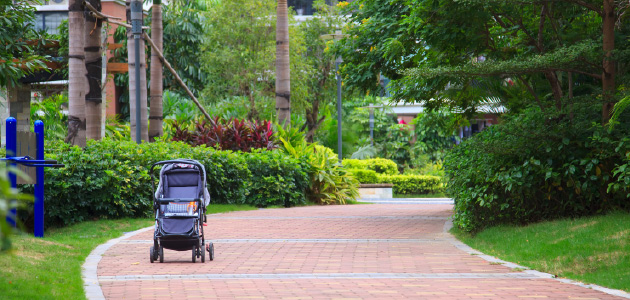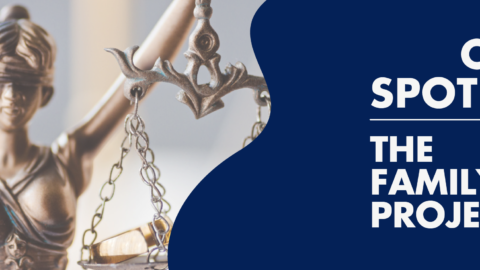Child abduction is the ultimate act of parental alienation and child abuse. According to the Department of Justice, each year more than 200,000 children become victims. Children who are abducted, whether by a person unknown to the child or by a family member, suffer serious psychological and emotional trauma. This reality is reflected in a statement made by a six-year-old who had just been recovered from his non-custodial mother, when he turned to the police officers and said, “You guys saved my life.”
Family abduction often results either when disputes over custody of a child cannot be satisfactorily resolved or when one parent abducts the child to express control, anger or revenge over the other parent. Abducted children struggle with difficult feelings towards both parents including fear, guilt, shame, confusion, and divided loyalty. Many are traumatized, forced into living like fugitives, or plunged into poverty, instability, and a life of deprivation and neglect.
A recent decision from the U.S. Supreme Court sends a powerful message to family law practitioners who face international child abduction disputes. In a nutshell, the case holds that a petition to reunite the abducted child with a parent still residing on American soil must be filed within one year of the abduction or face an uphill battle in prevailing as the child has now become settled in his or her environment. (See Lozano v. Montoya Alvarez, 134 S.Ct. 1224 (2014).
Montoya Alvarez and Lozano lived with their daughter in London until November 2008, when Montoya Alvarez and the child moved to a women’s shelter. In July 2009, they left the U.K., ultimately settling in New York. Lozano did not locate them until November 2010, more than 16 months after the child left the U.K. Lozano filed a Petition for Return of Child, claiming that his child was concealed and therefore the one year treaty provision should be tolled until he was able to locate his child and file for her return. Even though Lozano established that his child was wrongfully removed and retained in the U.S., the district court denied the petition finding that the child was now settled and repatriation would be disruptive irrespective of the purposeful acts of concealment.
Given these new challenges, your client cannot sit idly by and needs to immediately engage private investigators who deal exclusively with child abductions, maintain continuing contacts with local law enforcement offices, engage a forensic expert who has successfully used GPS technology and IP tracking in locating the child and retain a mental health professional to address whether the child is well settled in his or her environment. Finally, make sure you continue to provide a paper trail warning your client of the one year limitation to locate and file the Petition under the Hague convention treaty. Failure to do so may be considered below the standard of care and breach of your professional duty raising the potential claim of legal malpractice.
About the author:
 Stephen B. Ruben is certified family law specialist and managing director of Ruben/Huggins. He is a member of the attorney panel listed with U.S. State Department/ Hague Convention and the exclusive editor for California Family Law Monthly’s commentaries addressing child abductions.Ruben has been on BASF’s Mediation Services panel since 2006.
Stephen B. Ruben is certified family law specialist and managing director of Ruben/Huggins. He is a member of the attorney panel listed with U.S. State Department/ Hague Convention and the exclusive editor for California Family Law Monthly’s commentaries addressing child abductions.Ruben has been on BASF’s Mediation Services panel since 2006.




0 comments on “Child Abduction Warnings and Pitfalls: The Fallout from the U.S. Supreme Court Decision in Lozano v. Montoya Alvarez”